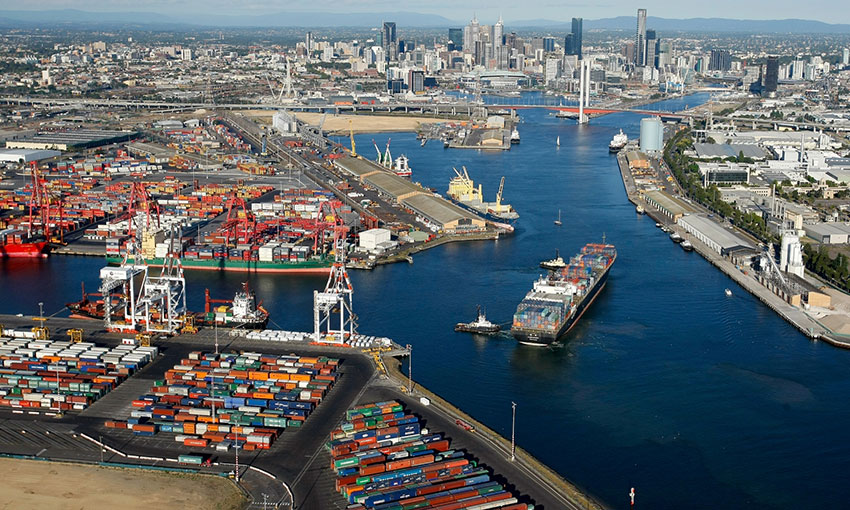ENHANCEMENTS to Melbourne’s Voluntary Pricing Protocol for container stevedores have been met with the sound of one hand clapping.
Under the changes announced last week by ports minister Melissa Horne Patrick, DP World and VICT have agreed to confine infrastructure/access price and other changes to a single date, 1 January of each year, and adopt a single submission template to provide a greater granular level of data. The Department of Transport and Planning said the stevedores had been consulted on the changes.
Unsurprisingly, however, while welcoming the changes representative bodies on the other side of the terminal fence have forcefully suggested they don’t go far enough.
FTA/APSA’s Paul Zalai said: “We applaud the Victorian government for listening to our advocacy where we have relentlessly pointed out the flaws in the existing ‘ransom model’. What a crazy system where stevedores can charge the transport operator what they like.
“I am sure most businesses are envious that they can recover costs and make healthy profits without having to negotiate price increases with their commercial client (shipping lines). Consecutive ACCC stevedore monitoring reports show quayside revenue is declining while landside revenue is significantly increasing.
“While there is no evidence of collusion amongst the stevedores, history has shown that they conveniently take turns to ramp up prices in a ‘follow the leader’ model. The new Victorian protocols at least force the stevedores to play their cards at the same time for a 1 January annual increase.
“While this is seen as a positive, the Victorian government should have gone one step further in line with the Productivity Commission’s Mandatory Code proposal in its December 2022 review of Australia’s Maritime Logistics System. The PC suggested that should stevedores fail to justify an increase after opening their books, they don’t get to implement their increase and don’t get a second bite of the cherry until the following year,” Mr Zalai said.
“No wonder the stevedores are embracing the Victorian government proposal – they would hate the additional scrutiny recommended by the PC and to be under tighter control from our national competition regulator.”
The CTAA’s Neil Chambers also welcomed the date alignment: “The alignment of the announcements means that transport operators don’t need to go back to their customers multiple times per year to adjust landside tariffs.
“However, it doesn’t go far enough.
“It is an attempt by Patrick Terminals particularly (they are the ones’ who lobbied the Victorian Government to make the changes) to stave off the wolves who are still baying for a Mandatory Code administered by a regulatory body such as the ACCC.
“Why is a Mandatory Code still necessary? One aspect of the setting on the landside fees is that industry has no visibility (or confidence) about the equitable allocation of capex and opex expenses across the “customers” of the terminals,” Mr Chambers said.
“We only get an inkling of this in a highly aggregated format when the ACCC publishes its Container Stevedore Monitoring Report each year (lagged by one financial year).
“So for instance, aggregated revenue for “container lifts” collected from the shipping lines was reported in the 2022/23 ACCC Report as having decreased by 2.7%, while the percentage of the contribution to lift revenue from landside fees increased by 5%. (Key stevedoring results 2022–23, page 7, ACCC Report 2022-23.)
“In other words, landside fee increases accounted for all of the revenue increases to meet higher terminal operating expenses and investments, while the shipping lines enjoyed a reduction in contracted rates.
“How is that fair?
“Only a regulator, with powers to scrutinise shipping line / terminal contractual arrangements, and the development of quayside and landside fees, would be able to arbitrate this outcome.”





